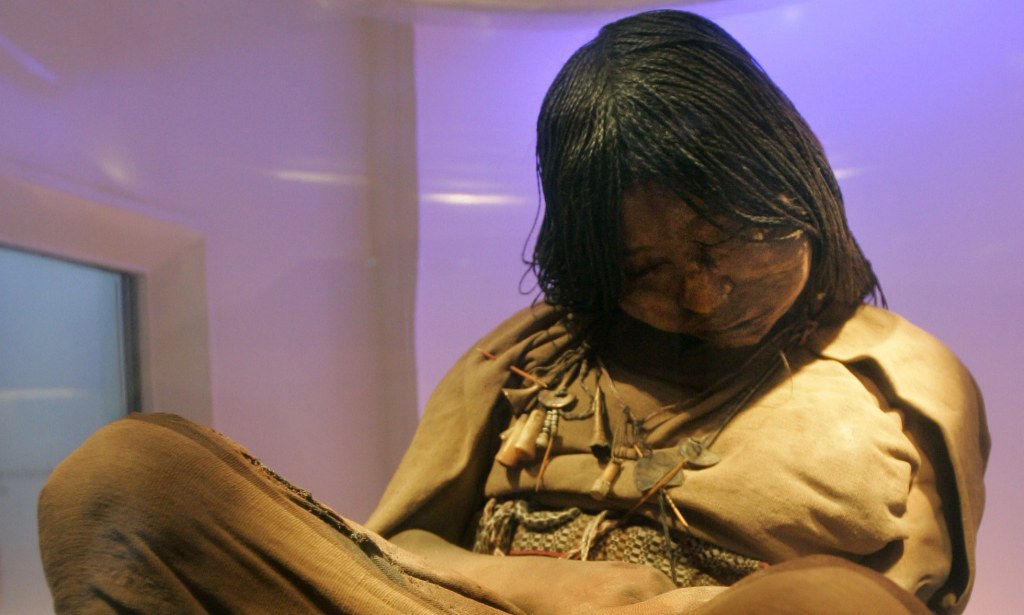masaharusato.com – The discovery of ice mummies has provided an extraordinary glimpse into the lives of ancient civilizations. These naturally preserved bodies, often found in glacial regions, have fascinated scientists and historians alike, offering a wealth of information about past cultures, climates, and environments.
What Are Ice Mummies?
Ice mummies are human remains that have been preserved in ice, often for thousands of years. Unlike traditional mummies, which are typically preserved through artificial means such as embalming, ice mummies are preserved naturally by freezing. The cold temperatures, lack of moisture, and stable conditions in ice prevent decomposition, allowing researchers to study these remains in remarkable detail.
Notable Discoveries
One of the most famous ice mummies is Ötzi the Iceman, discovered in the Ötztal Alps on the border between Austria and Italy in 1991. Ötzi lived around 5,300 years ago, and his well-preserved body provided insights into the Copper Age, including his diet, clothing, tools, and even possible causes of death.
Another significant discovery is the Inca ice mummies found on the peaks of the Andes in South America. These mummies, often young children, were sacrificed in religious ceremonies to the mountain gods. Their bodies, perfectly preserved in the cold, have helped researchers understand the rituals and beliefs of the Inca civilization.
Scientific Insights
Ice mummies offer a unique opportunity to study ancient DNA, pathogens, and even dietary habits. The preservation of soft tissues allows scientists to perform autopsies, revealing information about health, diseases, and lifestyle. For example, analysis of Ötzi’s stomach contents revealed his last meal, while his tattoos have provided clues about ancient medical practices.
Challenges in Preservation and Study
Studying ice mummies requires careful handling to prevent damage. The thawing process must be controlled to avoid decomposition, and researchers often work in specialized laboratories equipped to maintain cold temperatures. Ethical considerations also play a role, as the study of human remains must respect the cultural and spiritual beliefs of the descendants of these ancient peoples.
Conclusion
The discovery of ice mummies has opened a window into the past, allowing us to learn about ancient civilizations in unparalleled detail. As technology advances, new methods of analysis will continue to enhance our understanding of these fascinating frozen time capsules. The study of ice mummies not only enriches our knowledge of history but also connects us to the people who lived long before our time.
